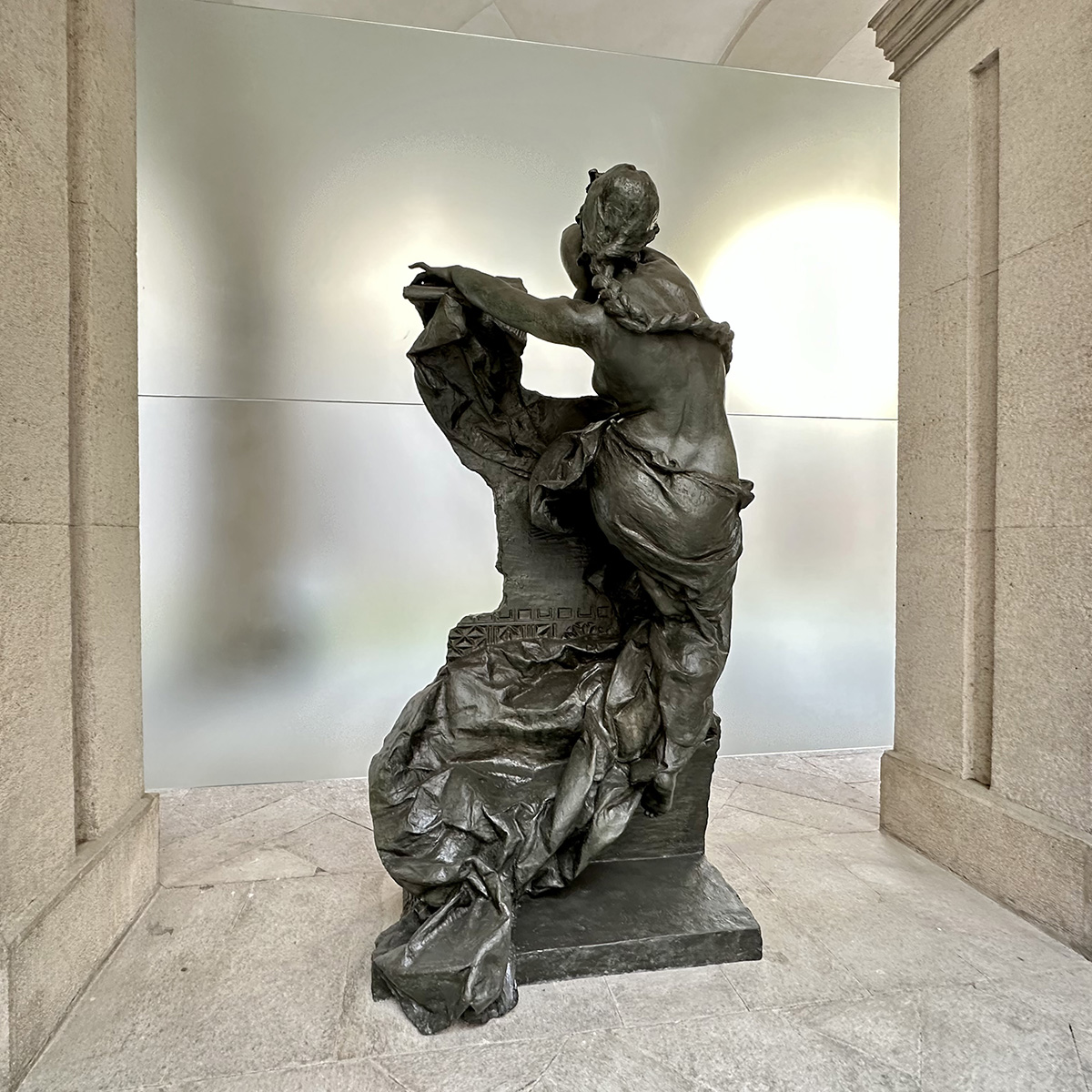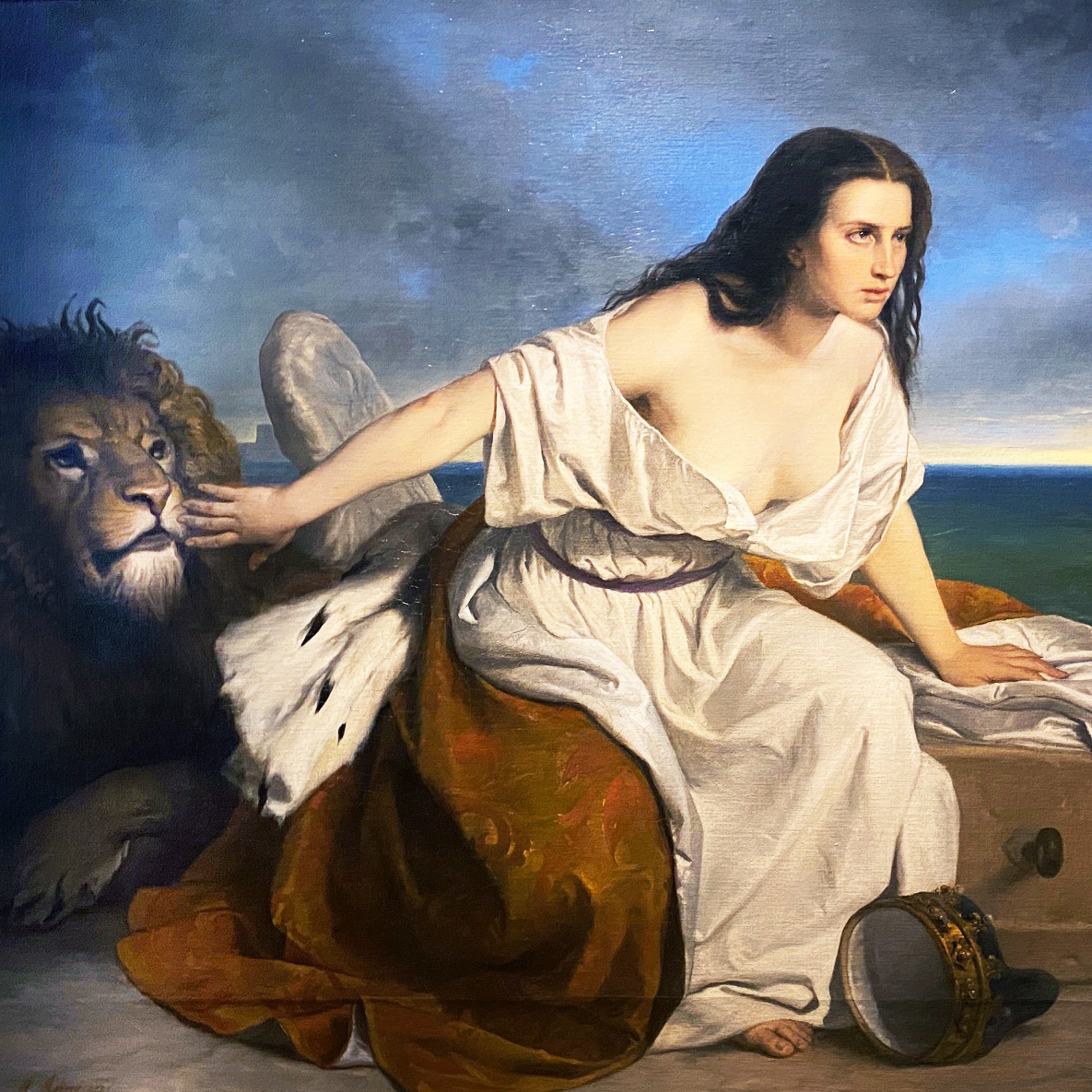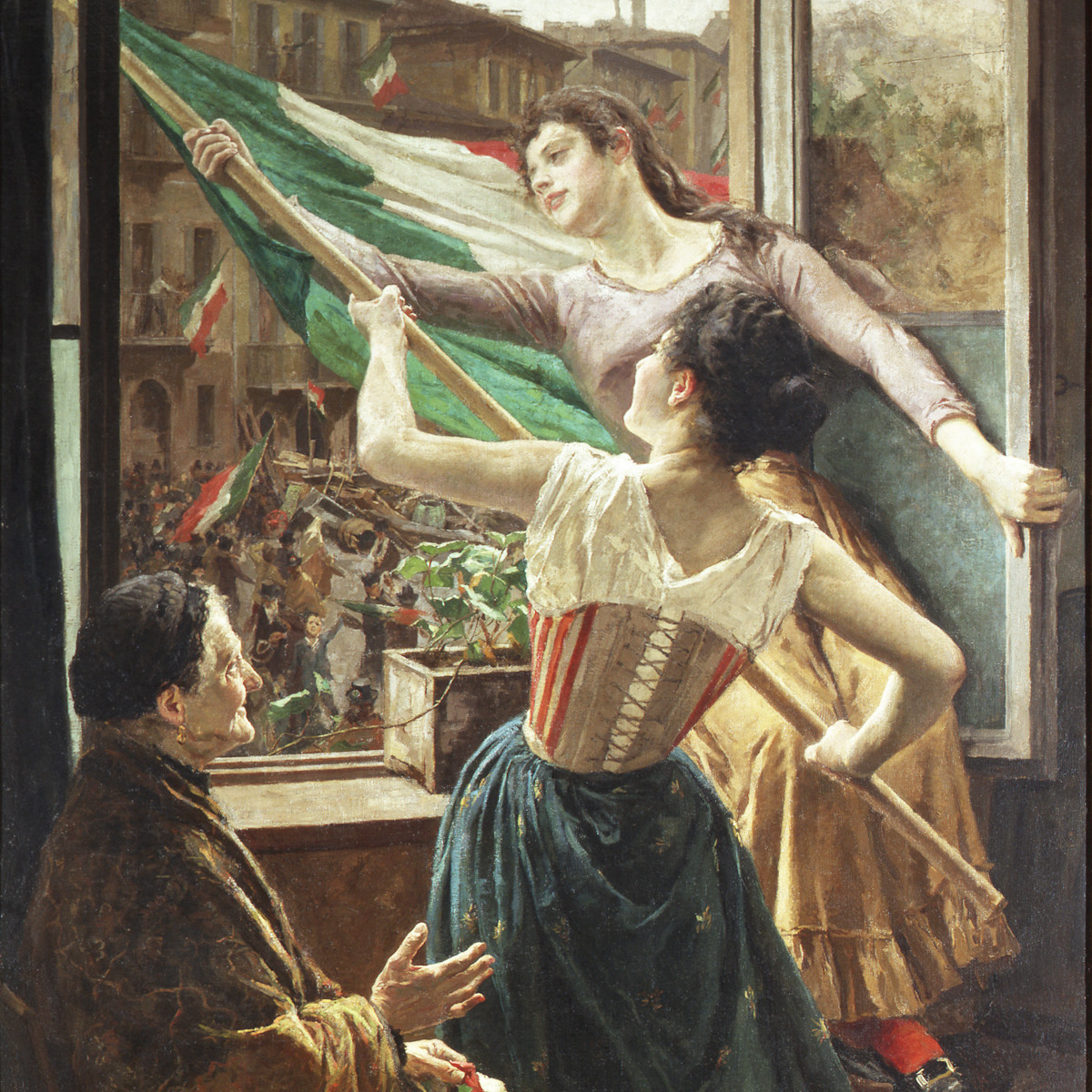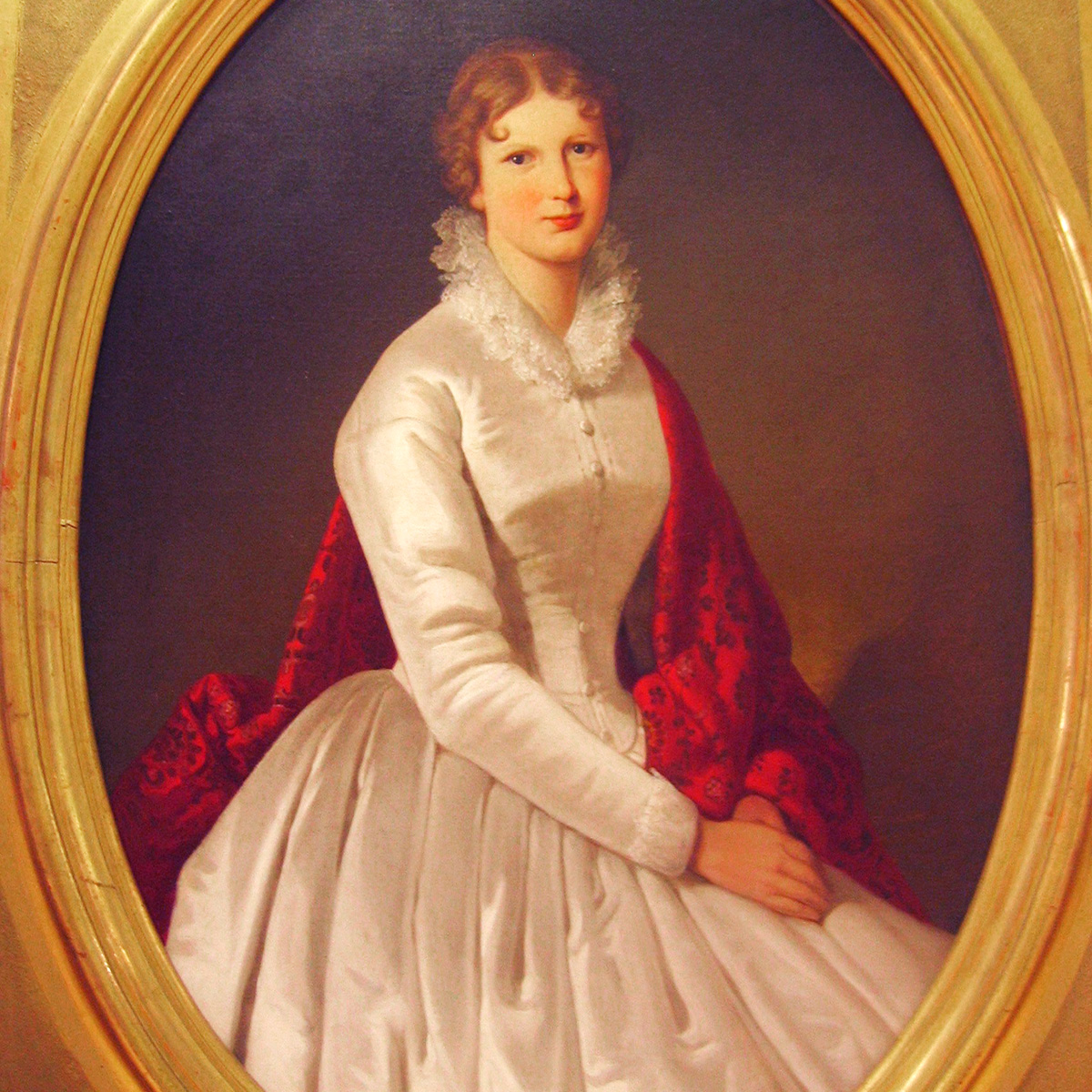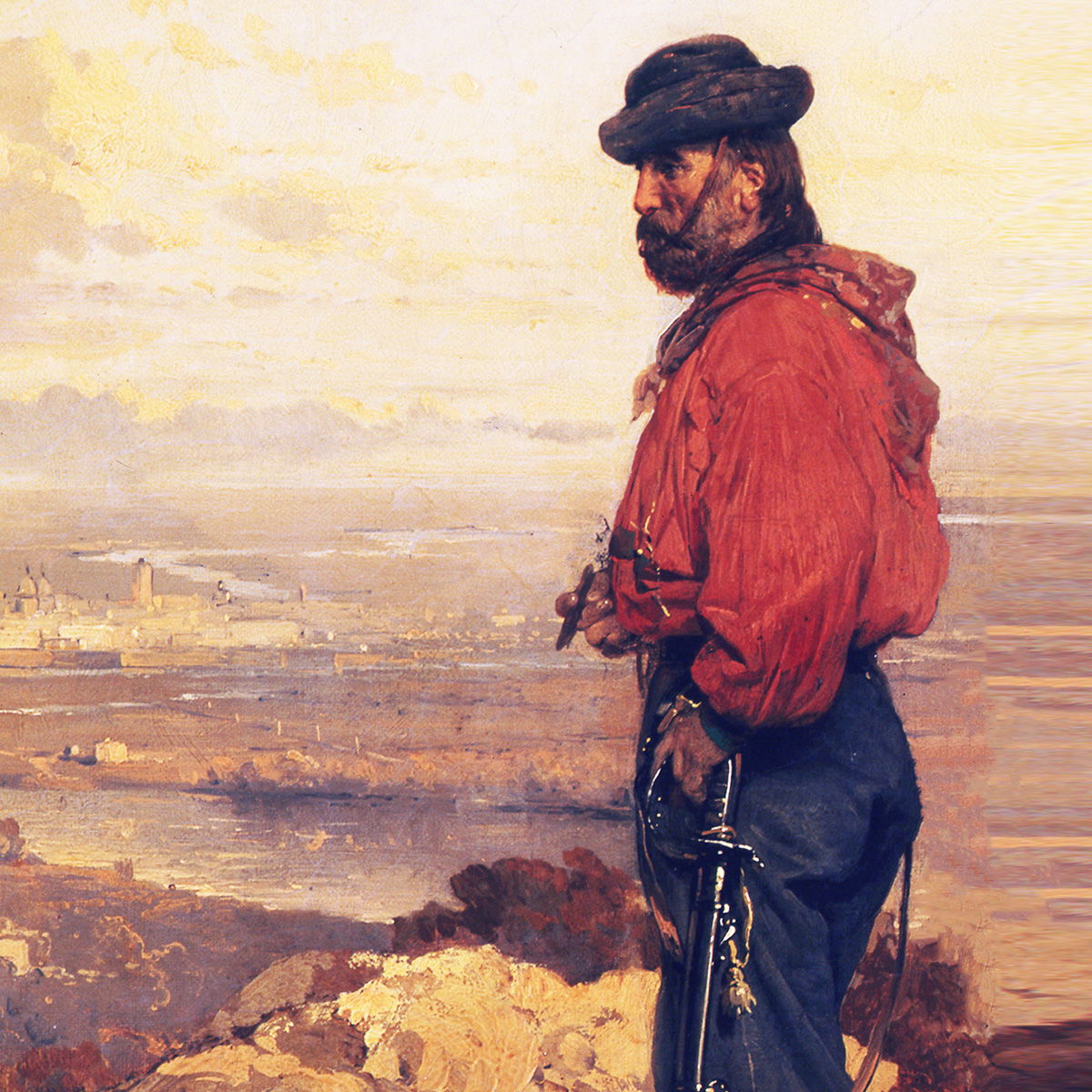Take a break in history - Civic historical collections
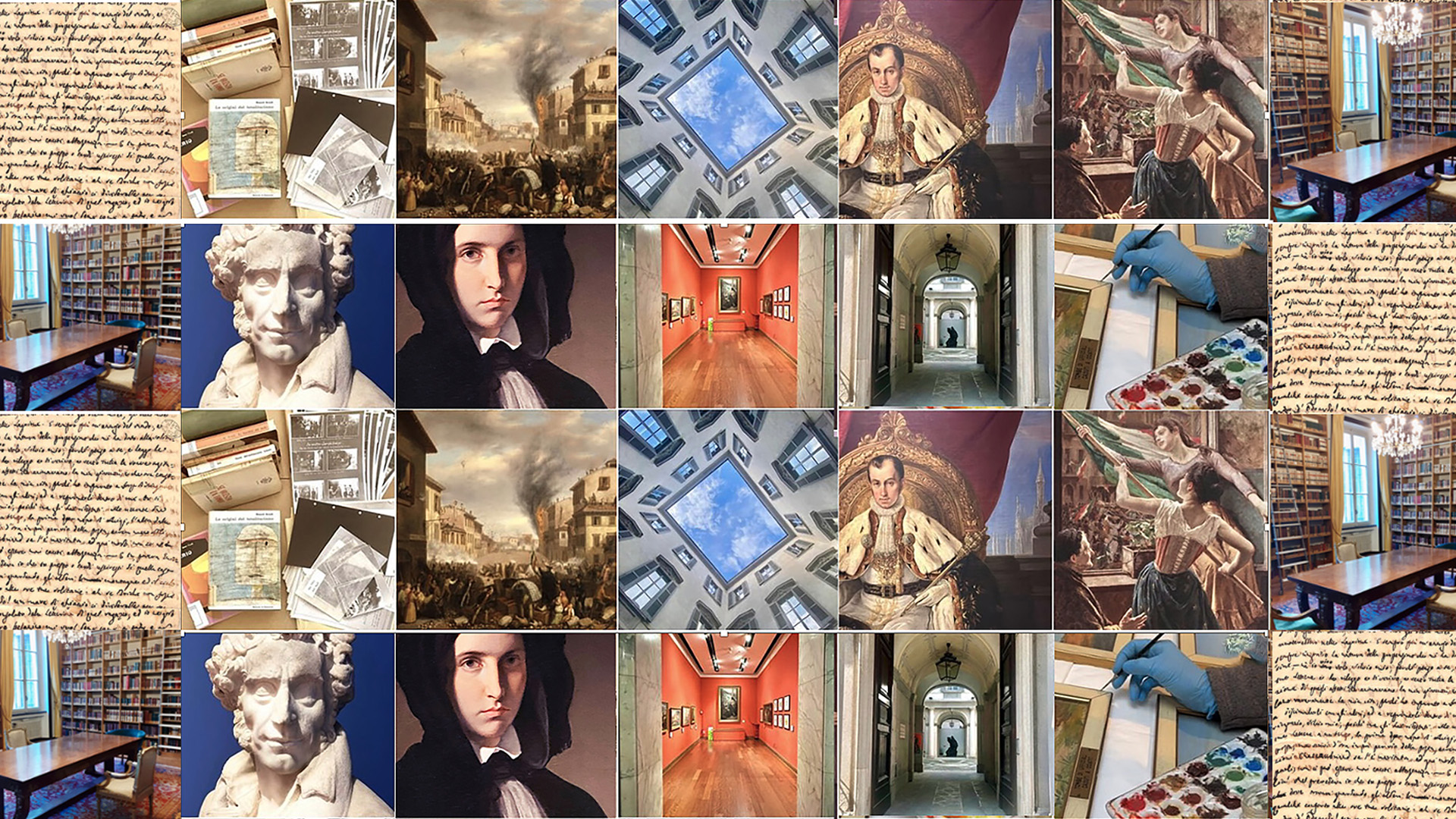
Pause in History
"Pause in History" is an initiative organized to tell the story through a series of free guided tours conducted by museum staff or experts, lasting half an hour during the lunch break
Pause in History
With the new year, the events of "Pause in the story". Everything is fine third Tuesday of the month, specialized personnel of museum or specially invited external experts will accompany the public to the discovery of the institute's assets.
The meetings lasted half an hour and scheduled during the opening hours lunch break from 13pm to 00pm, are designed to offer the opportunity to those who study and work in the vicinity of Moriggia Palace to carve out, in the frenzy of the working days, a break dedicated to deepening your knowledge Story, dell 'art and of beauty.
Tuesday 16 January: "The most beautiful of all the sisters" curated by Patrizia Foglia of the Exhibitions Office, drawings and prints collection of Palazzo Moriggia
With the entry of Napoleon III into Milan in June 1859, Venice had finally hoped for freedom from Austrian rule but the Armistice of Villafranca signed by France and Austria put an end to the hopes of the population of Veneto, excluded from the new Italian state being established. It is Ippolito Tainé who defines Venice as "the most beautiful of all the sisters" and so, although pale and scantily clad, Appiani is depicted in a painting with a strong symbolic charge, among the most evocative present along the exhibition itinerary of the Risorgimento Museum in Milan . The young woman who personifies the lagoon city appears in the guise of a commoner, her breasts half-uncovered, her clothes torn, deprived of the objects that had made her master of the seas, the crown of the Doges and the royal mantle are in fact placed on the ground, and his disillusioned gaze is turned towards an uncertain future. Venice remained "servant" and abandoned and this is how the artist portrays it, mindful of a long iconographic tradition that chooses the female figure to exalt the values of freedom and self-determination of peoples.
Wednesday 7 February – “1943-1944. Images and Propaganda of the Italian Social Republic", visit to the exhibition in the Sala Vetri of Palazzo Moriggia | Risorgimento Museum, curated by Marina Cattaneo, Kuliscioff Foundation
The underlying theme of the documentary exhibition “1943-1944. Images and propaganda of the Italian Social Republic” is the political communication of the Italian Social Republic (RSI), the collaborationist state that Mussolini established under the German occupier: it was the last season of fascism. The main purpose of CSR propaganda was to appeal to a now tried and disillusioned population, gathering them around ancient myths and new values. For all 600 days of Salò the search for consensus was frantic.
On the other hand, the resistance forces oriented political communication against fascism and Nazism, evoking a new free and democratic Italy; the allied forces also participated in this propaganda war using the tool of satire on Mussolini and Hitler.
Wednesday 14 February – Valentine's Day Special “Anita and Giuseppe Garibaldi”, curated by Ilaria Torelli, curator of the Civic Historical Collections
On February 14th on the occasion of Valentine's Day, Take a Pause in History, organizes a Pause in History special to tell the story of Anita and Giuseppe Garibaldi through the painting "Giuseppe Garibaldi and Major Leggero carry the dying Anita through the marshes of Comacchio" painted by Pietro Bouvier in 1864 which portrays a touching and dramatic moment in the love story between Giuseppe and Anita.
Wednesday 20 March, “23 March 1848”. A painting by Carlo Stragliati in Milan at the end of the XNUMXth century, curated by Silvana Citterio Vice President Iris, Rete Milanosifastoria
The painting by Carlo Stragliati (1867 - 1925) tells of the festive joy of the city after the expulsion of the Austrians with female interpreters. The work was presented at the Esposizioni Riunite in Milan in 1894 with the title "23 March 1894". The painting, now preserved in the Risorgimento Museum with the title "Episode of the Five Days in Piazza S. Alessandro", is a work of similar subject and size. Will it be the same painting?
The second issue of the Notebooks of Historical Collections published on the occasion of the Five Days anniversary, 18 - 22 March 2024.
Wednesday 17 April – The “Longing for the Homeland”: Costanza Trotti Bentivoglio between letters and politics, edited by Giacomo Girardi, research fellow at the Department of Historical Studies of the University of Milan and secretary of the Milan Committee of the Institute for the history of the Risorgimento.
After the riots of 1821, some exiles left Milan: almost all male, and all alone. Only one of them, Giuseppe Arconati Visconti, does not give up the presence of his wife and son, who leave with him. Thus began the exile of Costanza Trotti Bentivoglio, one of the most interesting figures of the female Risorgimento. The couple, with their little son Carlo, moved to a castle in Belgium, which became the obligatory destination for entire groups of Italian exiles, a center for gathering ideas and initiatives. The leader of that new literary, cultural, but above all political circle is Costanza, who divides her time between caring for her sick husband, educating her son, and her relationship with the exiles and intellectuals of her time. In front of Costanza's anonymous portrait we will reflect on the role of this woman in the evolution of the Risorgimento, on her relationships, on her ideas and on her activity in favor of independence.
mercoledì 15 Maggio – Garibaldi e i mille “Tra storia e mito”, a cura di Emilio Scaramuzza, assegnista di ricerca presso il Dipartimento di studi storici dell'Università degli Studi di Milano, membro del Comitato di Milano dell'Istituto per la storia del Risorgimento.
La spedizione dei Mille e la nascita dell’Italia unita sono due tra i temi più noti e al contempo più discussi della storia del Risorgimento. Lo sbarco a Marsala e la successiva liberazione del Mezzogiorno rappresentano infatti un momento decisivo per la Penisola ma anche per il mito di Garibaldi, che trae spunto e sostanza dalle testimonianze coeve, dalla memorialistica e dalle cronache e diviene visibile, e tangibile, nelle rappresentazioni e negli oggetti. La Pausa sarà quindi l’occasione per ritornare sui fondamenti del mito e ripercorrere la spedizione delle camicie rosse a partire dalle collezioni del Museo.
Wednesday 19 June, The hero of two worlds: Garibaldi's letters in the archive of the Civice Raccolte Storiche, edited by Ilaria Torelli, curator and Paola Mazza, library representative of the Civiche Raccolte Storiche
WHEN
every third Wednesday of the month
by 13: 00 13 to: 30
HOW
Free entry while places last. Reservation required by writing to c.museorisorgimento@comune.milano.it by the day before the event.
WHERE
Moriggia Palace
Historical Collections | Museum of the Risorgimento
Via Borgonuovo, 23 - Milan
